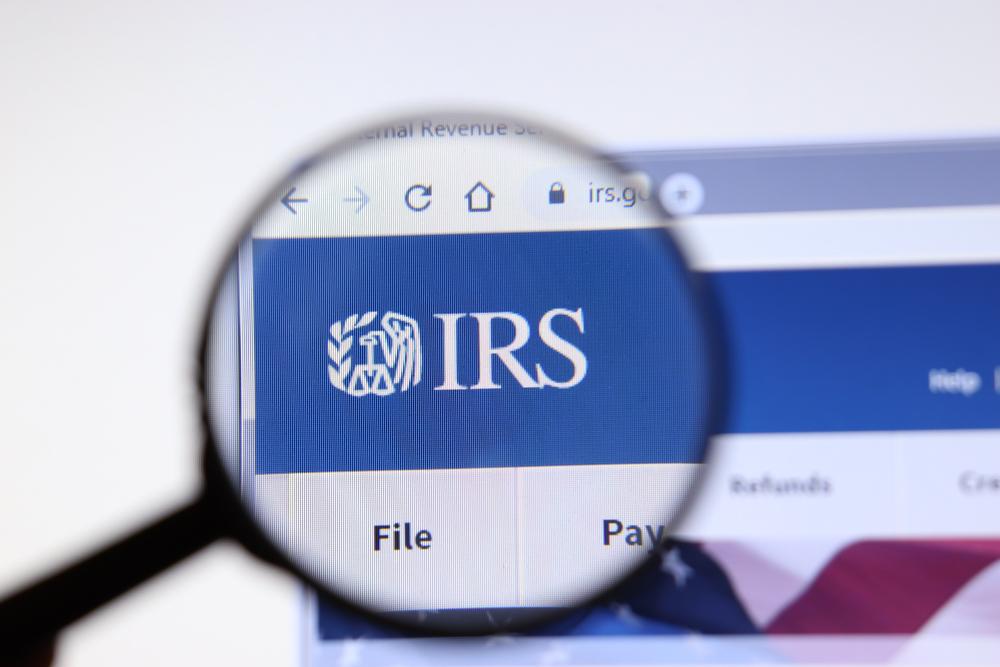By Sandra Block
From Kiplinger’s Personal Finance
Taking the following steps before the end of the year—and knowing what moves not to make—can help improve your tax situation for 2024 and beyond.
1. Don’t Buy a Tax Liability
Thanks to the stock market’s strong performance, you may be tempted to buy additional mutual fund shares. But before you do, make sure you don’t accidentally increase your 2024 tax bill.In December, many mutual funds pay out dividends and capital gains that have built up during the year. If you own shares on what’s known as the ex-dividend date in a taxable account, you’ll have to pay taxes on the payouts, even if you reinvest the money. If you’re planning to invest in a mutual fund, call the fund company or check its website to get the date and estimated amount of year-end distributions so you can time your purchase accordingly. The estimates are often reported as a percentage of a fund’s current share price.
2. Harvest Your Losses
Because it has been a good year for the stock market, you could be sitting on a lot of winners in your taxable accounts. If you have some losers in your portfolio, consider selling them so you can use the losses to offset some of your gains. These losses can also be used to lower taxes on mutual fund capital gains distributions. You can implement this strategy at any time, but many investors harvest losses near year-end because they can more accurately estimate their capital gains for the year. Unused losses can be carried forward to future years.3. Use Up Funds in Your Flexible Spending Account
A flexible spending account allows you to use tax-free money to cover health insurance deductibles, co-payments and other out-of-pocket costs. But you generally have to use the money by Dec. 31—or March 15 of the following year, if your employer provides a grace period—to avoid forfeiting the unused balance.Among the items you can pay for with money in a health care FSA are medical devices such as hearing aids, blood-pressure monitors and canes; over-the-counter drugs, including pain relievers, cough suppressants and allergy medicine; and prescription eyeglasses and contact lenses.
4. Check Your Withholding
There’s still time to take steps to avoid a big tax bill—and possibly an underpayment penalty—when you file your 2024 tax return. Use the IRS’ Tax Withholding Estimator (www.irs.gov/individuals/tax-withholding-estimator) to determine whether you should file a new Form W-4 with your employer and increase the amount of taxes withheld from your paycheck before the end of the year. You’ll need your most recent pay stub and a copy of your 2023 tax return to help estimate your 2024 income. If it looks as though you’re going to owe money when you file your next tax return, the IRS tool will tell you how much extra withholding you should put down on line 4(c) of Form W-4 to catch you up on withholding for the year. Early next year, complete another W-4 for withholding in 2025.©2024 The Kiplinger Washington Editors, Inc. Distributed by Tribune Content Agency, LLC.
The views and opinions expressed are those of the authors. They are meant for general informational purposes only and should not be construed or interpreted as a recommendation or solicitation. The Epoch Times does not provide investment, tax, legal, financial planning, estate planning, or any other personal finance advice. The Epoch Times holds no liability for the accuracy or timeliness of the information provided.








